Market Share
Fracking Chemicals Market Share Analysis
The Fracking Chemicals Market, a critical segment within the oil and gas industry, employs various market share positioning strategies to gain a competitive edge. One primary approach is differentiation, where companies focus on developing unique and innovative fracking chemicals. This involves investing in research and development to create formulations that enhance extraction efficiency, reduce environmental impact, or comply with stringent regulations. By offering differentiated products, companies can carve out a niche for themselves and attract customers seeking advanced solutions.
Another key strategy is cost leadership. Some players in the fracking chemicals market aim to capture a significant market share by optimizing production processes and achieving economies of scale. This allows them to offer products at lower prices without compromising quality. Cost-effective solutions become especially appealing to price-sensitive customers, enabling companies to broaden their customer base and establish a strong market presence.
Collaboration and strategic partnerships constitute yet another vital market positioning strategy. Companies in the fracking chemicals industry often collaborate with oil and gas producers, equipment manufacturers, and other stakeholders to create integrated solutions. By aligning their products with the broader value chain, these companies enhance their market visibility and strengthen relationships with key industry players. This collaborative approach can lead to exclusive contracts and long-term partnerships, securing a stable market share.
Geographical positioning is a crucial aspect of market share strategies in the fracking chemicals sector. The global nature of the industry demands a strategic presence in key regions with high fracking activities. Companies strategically locate their manufacturing facilities, distribution centers, and research hubs to optimize logistics and respond promptly to market demands. By aligning their operations with the geographical dynamics of the industry, companies can ensure a more efficient supply chain, better customer service, and a competitive advantage in local markets.
Innovation and sustainability are increasingly becoming pivotal factors in market share positioning. As environmental concerns grow, companies in the fracking chemicals market are adopting sustainable practices and developing eco-friendly formulations. Those at the forefront of innovation, creating chemicals that minimize environmental impact or improve overall sustainability, can attract environmentally conscious customers and gain a favorable market position. Sustainability is not only a moral imperative but also a strategic advantage in the evolving landscape of the fracking industry.
Furthermore, a customer-centric approach is paramount for sustained market share growth. Understanding the unique needs and challenges faced by customers allows companies to tailor their products and services accordingly. Offering customized solutions, responsive customer support, and value-added services contribute to customer loyalty and retention. Satisfied customers become advocates, promoting the company's products and enhancing its reputation in the market.

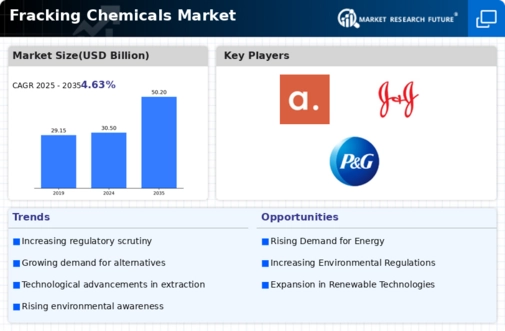
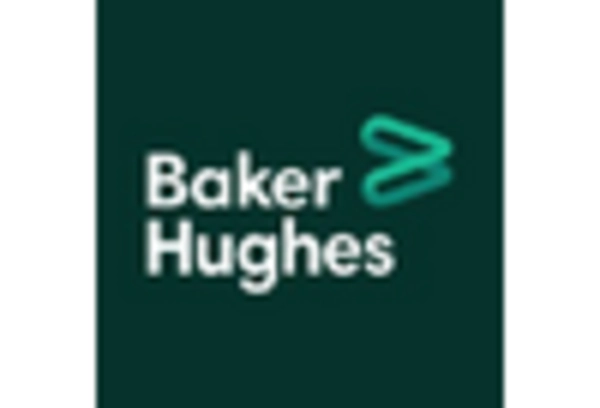
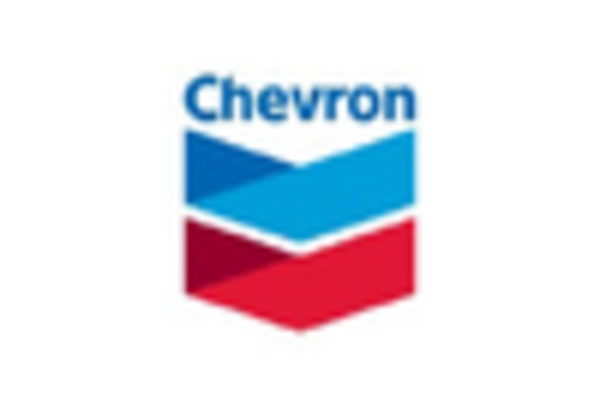
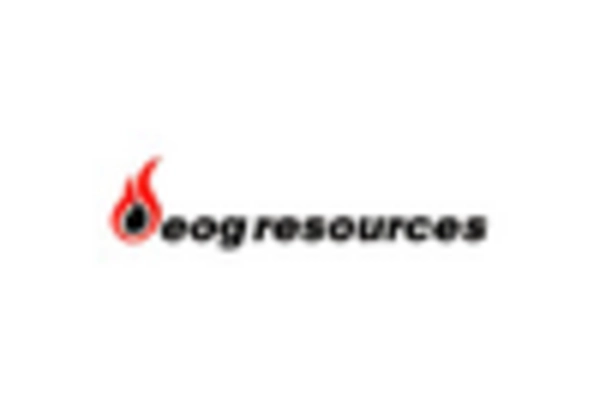
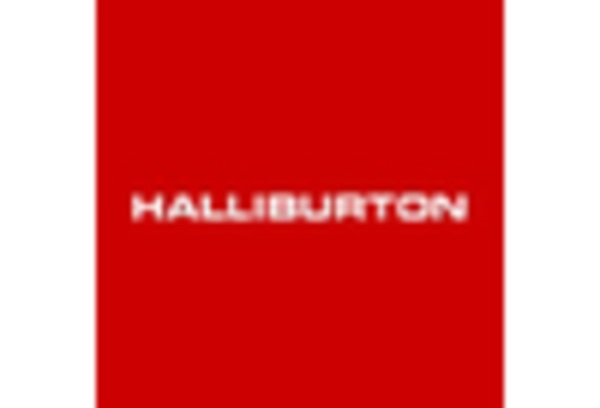
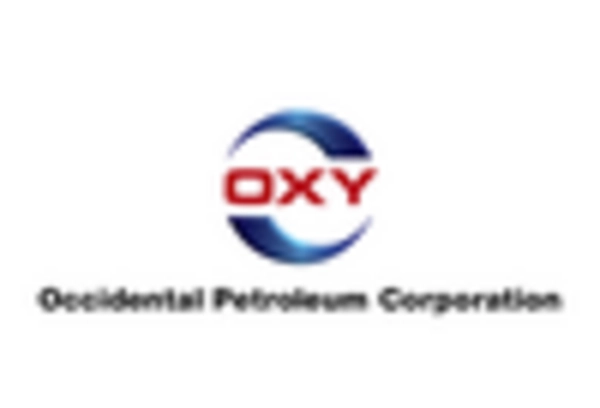
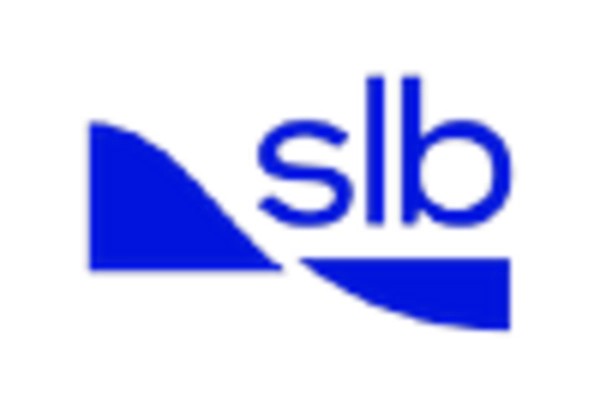









Leave a Comment